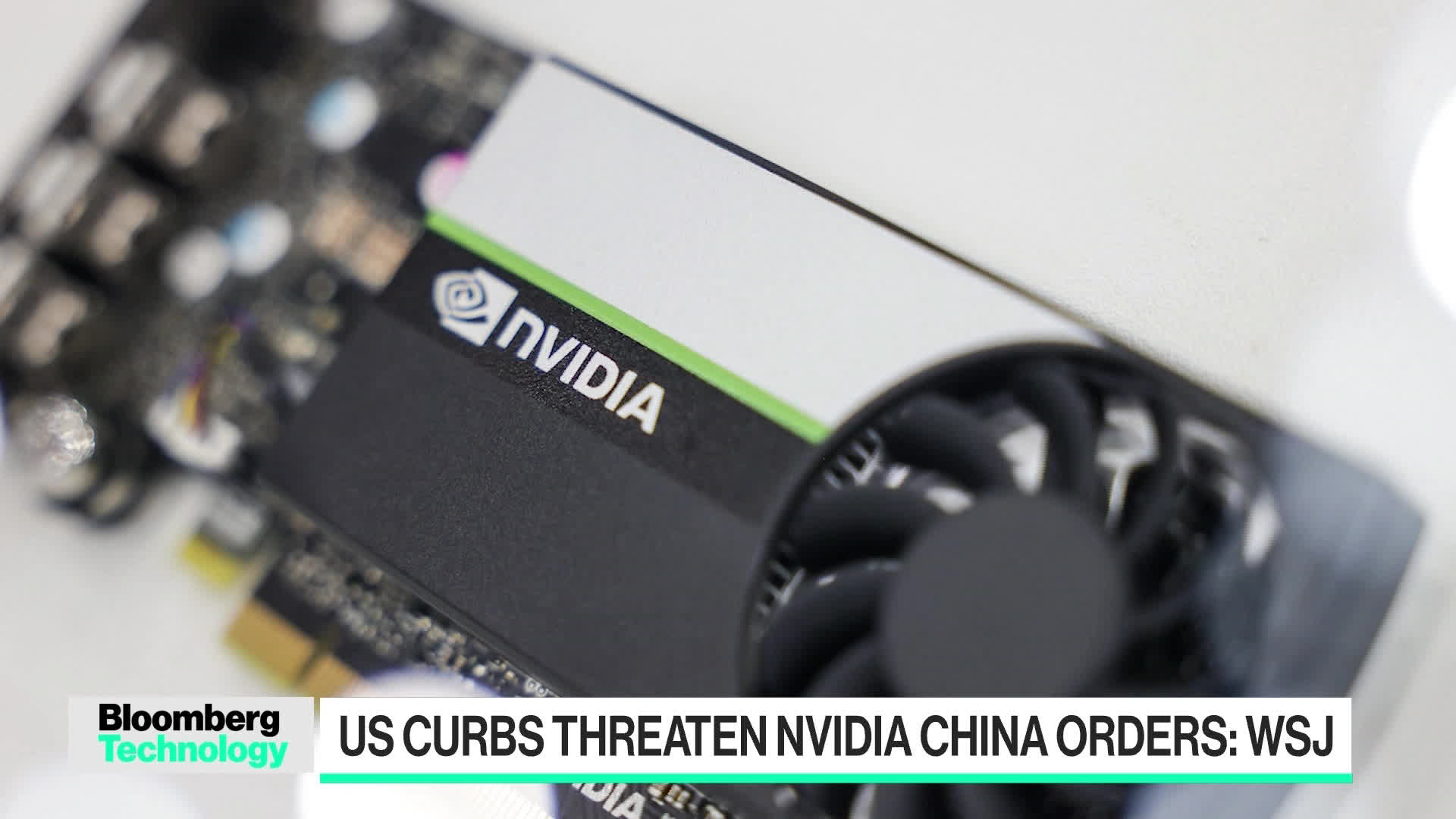The Impact Of US Export Controls On Nvidia: CEO's Perspective

Table of Contents
The Specifics of US Export Controls and Their Impact on Nvidia's Business
The US government's export controls aim to restrict the access of certain technologies, particularly those with potential military applications, to specific countries. For Nvidia, this translates to significant limitations on the export of its high-end GPUs, crucial components in advanced AI systems.
Restrictions on AI Chip Exports to China
- Specific Restrictions: The US government has imposed restrictions on the export of Nvidia's A100 and H100 GPUs, considered among the most powerful AI accelerators, to China and other designated entities. This includes limitations on both the direct export of the chips and the export of technology and software necessary for their manufacture and utilization.
- National Security Rationale: The US government argues that these restrictions are necessary to prevent these advanced technologies from falling into the hands of potential adversaries, primarily focusing on concerns about China's military modernization efforts and the potential for AI-powered advancements in areas like autonomous weapons systems.
- Financial Impact: The restrictions have resulted in a significant loss of revenue for Nvidia. While the company has introduced less powerful alternatives, the impact on its high-margin AI data center business is undeniable. Lost sales and potential market share erosion in the lucrative Chinese market represent substantial financial challenges.
Supply Chain Disruptions and Increased Costs
The export controls have introduced significant complexities into Nvidia's global supply chain.
- Supply Chain Challenges: Navigating the intricacies of compliance with these regulations requires substantial investment in legal expertise and logistical adjustments. Tracking components, ensuring adherence to licensing requirements, and managing relationships with numerous suppliers across the globe adds layers of complexity and cost.
- Increased Costs: Compliance costs have risen dramatically. These increased expenses include legal fees, enhanced auditing processes, and additional logistical hurdles associated with alternative sourcing and shipping routes.
- Impact on Production Capacity: The need to adapt product lines and navigate restricted markets may impact Nvidia’s production capacity and lead to delays in delivery timelines to clients in some regions.
Adapting Product Lines to Meet Export Regulations
Nvidia has responded by adapting its product lines to comply with the new export regulations.
- Modified Products: The company has introduced modified versions of its GPUs, such as the A800, which are designed to meet the performance requirements of its customers while adhering to export restrictions.
- Design Challenges: Balancing the need to meet the performance demands of cutting-edge AI applications while complying with the stringent requirements of export controls poses a significant engineering and design challenge.
- Long-Term Implications: Creating different product versions for different markets adds complexity to the manufacturing process and incurs additional costs, potentially impacting the long-term profitability and competitiveness of Nvidia's products.
Nvidia's Strategic Responses to Navigating Geopolitical Risks
Nvidia's response to the challenges presented by US export controls has been multi-pronged, focusing on diversification, innovation, and engagement with governments.
Diversification of Markets and Supply Chains
- Market Diversification: Nvidia is actively seeking to expand its customer base beyond China, focusing on markets in other regions with strong growth potential in AI and high-performance computing.
- Supply Chain Resilience: The company is working to strengthen its global supply chain by diversifying its manufacturing base and exploring alternative sourcing options to reduce its reliance on any single region.
- Manufacturing Investments: Nvidia is strategically investing in manufacturing facilities outside of regions subject to heightened export control scrutiny, ensuring a more resilient and geographically diversified production capacity.
Investing in R&D and Technological Innovation
- Continued R&D: Nvidia remains heavily committed to research and development, continually investing in innovation to maintain its technological leadership and create new chip architectures less susceptible to export controls.
- New Chip Architectures: The development of new chip designs and architectures that circumvent the limitations imposed by export controls is a crucial aspect of Nvidia's long-term strategy.
- Technological Breakthroughs: Nvidia’s commitment to research could lead to breakthroughs that enable the company to create even more efficient and powerful chips, potentially mitigating the impact of future export restrictions.
Lobbying and Engagement with Governments
- Policy Engagement: Nvidia is actively engaging with policymakers in the US and other countries to influence export control regulations, advocating for policies that balance national security concerns with the needs of the global semiconductor industry.
- Communication Strategy: Effective communication with governments is crucial in explaining the impact of these restrictions on Nvidia’s business and the wider implications for global technological innovation.
- Balanced Approach: Nvidia advocates for a balanced approach that ensures national security while fostering a competitive and innovative global semiconductor market, acknowledging the concerns of all stakeholders.
Conclusion
US export controls have presented significant challenges for Nvidia, impacting its revenue, supply chains, and overall business strategy. The restrictions on AI chip exports to China, in particular, have created considerable uncertainty. However, the company has responded proactively through market diversification, substantial R&D investments, and strategic engagement with governments. Understanding the impact of US export controls on key players like Nvidia is crucial for navigating the evolving geopolitical landscape of the semiconductor industry. Further research into the long-term implications of these controls and their effects on global technology innovation is essential. Continue to follow the latest developments regarding the impact of US export controls on Nvidia and other tech giants.

Featured Posts
-
 La Croissance Urbaine Nantaise Et Les Opportunites Pour Les Cordistes
May 22, 2025
La Croissance Urbaine Nantaise Et Les Opportunites Pour Les Cordistes
May 22, 2025 -
 Understanding Cassis Blackcurrant Quality
May 22, 2025
Understanding Cassis Blackcurrant Quality
May 22, 2025 -
 Sanktsiyi Proti Rf Reaktsiya Linsi Grem Na Viynu V Ukrayini
May 22, 2025
Sanktsiyi Proti Rf Reaktsiya Linsi Grem Na Viynu V Ukrayini
May 22, 2025 -
 Vybz Kartel Speaks Out Prison Life Freedom Family And New Music
May 22, 2025
Vybz Kartel Speaks Out Prison Life Freedom Family And New Music
May 22, 2025 -
 Nyt Wordle Help And Hints For April 12th Puzzle 1393
May 22, 2025
Nyt Wordle Help And Hints For April 12th Puzzle 1393
May 22, 2025
